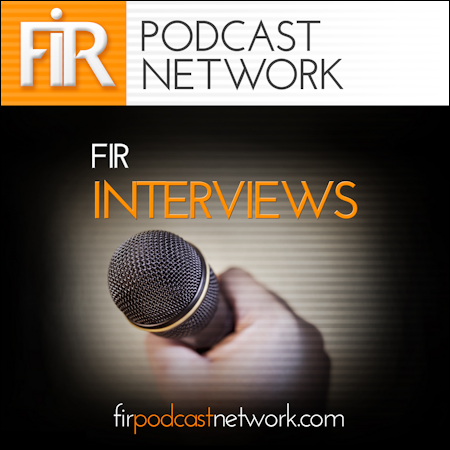In the world of digital content creation, WordPress stands as a beacon of versatility and user-friendliness. One of the platform’s most compelling features is its vast array of themes, each offering a unique aesthetic and functional twist to your website or blog.
Look-and-feel is the first thing visitors notice when they land on your blog. This is the first touchpoint of a visit: the theme sets the tone, creates an atmosphere, and can significantly influence a visitor’s first impression. A well-chosen theme can captivate your audience, encouraging them to stay longer and explore more of your content. In contrast, a poorly selected or generic theme may fail to engage visitors, leading to higher bounce rates.
When I started this particular blog in early 2020, I decided that exploring and experimenting with WordPress themes would be part of its reason for being. Since then I’ve tried out a number of different themes, free and paid for, always creating child versions from them so I could tweak and changes things without worry of losing customizations if or when the developer updated a theme. It was kind of like reverse engineering, too, as it enabled me to learn a great deal about what works, what’s good and what’s not.
For the past year and more, I’ve consistently used one theme in particular – Blockbase, a block theme and one of the early implementations of full-site editing that many developers see as an important step in the development of WordPress and themes.

Now, I’ve just changed the theme to one that’s traditional in terms of editing and use. It’s not block-based and doesn’t support full-site editing although it does support the new block editor aka Gutenberg.
The new theme is Hoffman created by Swedish developer Anders Norén in 2014 and updated since, the latest being in December 2022.

I created a child theme from this which I’ve lightly tweaked in areas such as changing the default font and size, and adding some custom CSS code here and there.
I was attracted to this theme because of its minimalism and simplicity of appearance, something I look for in a modern theme. Blockbase delivered on that as did others I’ve tried, notably from veteran WordPress developer Brian Gardner.
With Hoffman, I was also attracted by my previous experience with Anders Norén’s work: the first of his themes I used with this blog was Baskerville.
Other than tweaking my Hoffman-child a little, it’s likely that I’ll do no more theme discovery this year, just focus on content creation.
I’m not a theme designer or developer but ever since I discovered WordPress in 2004, this self-hosted platform is what I have used in the near-20 years since then (WordPress celebrated its 20th anniversary last May).
It’s often said about WordPress that “code is poetry“. I’ll extend that by saying, “if code is poetry, a great theme is the art that showcases the poetry”.
[Update 28 August 2023:] I changed the theme to a custom child theme I made from the default Twenty Twenty-Three theme from Automattic. While I do like Hoffman, I really struggled with a menu issue that I just couldn’t resolve on my own. I posted a help request in the support forum but didn’t get a reply.
The Twenty Twenty-Three theme is a block theme with full site editing. I’ve learned more about this since using Blockbase over the last few years, and a block-based theme is definitely the way to go, in my view.
I expect this to be the look and feel of Asides, as it were, for a while.
(Image at top by Choong Deng Xiang on Unsplash.)











